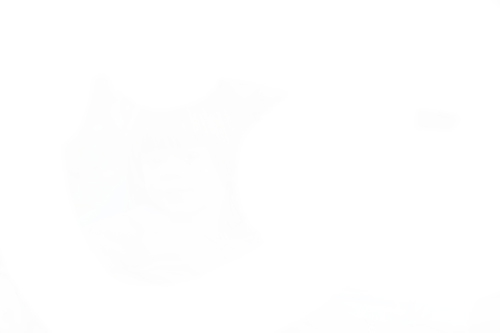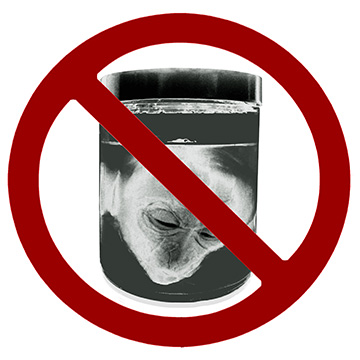
Hervé Guibert, L’Ami, 1980 **
I first came across the image, L’Ami, by Herve Guibert in 2011 or ’12; it was the frontispiece for Tom Roach’s excellent book Friendship as a Way of Life: Foucault, AIDS and the Politics of Shared Estrangement. Based on Foucault’s essay of the same name the book imagines a way towards a radical conception of friendship, one that is exemplified in his reading of the photograph.
Indeed Guibert’s forceful hand gesture in “L’Ami” can be read as a futile attempt to bridge the infinite distance, the estrangement, between friends. And yet, when a nontranscendent estrangement in the form of finitude becomes the bedrock of friendship, a respect for the absolute alterity and singularity of the self and other is encouraged. A relation founded on a finitude so radically unsharable can be the cornerstone of a community that coheres not in identity but in a more radical being-in-common. In the gaping crevice between friends, a politics of shared estrangement lies in wait.
Roach is in part talking about the relationships built through the radical politics of the AIDS crisis (key word finitude here), in communities of difference, the buddy system and amongst those who were working towards shared aims in the battle against the disease.
Hervé Guibert was a French writer and photographer who died in 1991 from complications from AIDS. He is best known for his short novel To the Friend who did not Save My Life, which is a intimate account of the life and death of Michel Foucault.
Image and text, as well as Guibert’s entire oeuvre spoke to me in a very deep way, so much so that I replicated the image as a photogravure in 2013.

Jaime C. Knight, The Friend (For Hervé), 2014 **
In my personal life I’ve been lucky enough to never had any real close experience with AIDS. While I have had acquaintances who are positive, known and seen the public effects of the disease, I haven’t been touched by it directly. As I grow older though, I have come to understand how deeply it has affected me, and many of my generation, in our experience (particularly) as gay men in the world. Trying to find an understanding of what it meant to come into our sexuality in the beginnings of this epidemic, the media portrayal of the disease and “homosexual lifestyle”, and attempting to figure out who/how to be as a gay man under the assumption that the pursuit of that life included a potential of death and disease, an intimacy of shielded contact, and at least at the time, as a public pariah was I assume, a great challenge for many “gen-X-ers”. My replication of the image was a personal attempt to bridge that “infinite distance” I feel in many of my personal relationships as a result of this life long challenge.
Today it seems there is a very different public face of AIDS. With PrEP, AIDS awareness/know your status campaigns, same-sex marriage “undetectability” etc. there is not the terror connected to the lives of many gay men of the last two generations. With that, it seems there is less urgency and radical politics surrounding what still is an epidemic. AIDS has become just another incurable but manageable disease on a long list that gives big pharm more and more power. Despite the fact that many PWA’s are living long and healthy lives, free of stigma or limitations AIDS is still very much portrayed as a gay man’s health problem.
On this World AIDS Day/Day Without Art I want to remember that this disease has greatly impacted even those who remain directly unaffected by the disease and that the portrayal of healthy, gym toned men living with AIDS is a veil over those people of color, living in the third world, homeless or without access to care or money who are still dying in droves.
We still need to “Act Up, Fight Back, Fight AIDS”
Jaime Knight, 2014
**This post was originally published on December 1, 2014. The images have intentionally been left blank in honor of World AIDS Day / Day With(out) Art.


